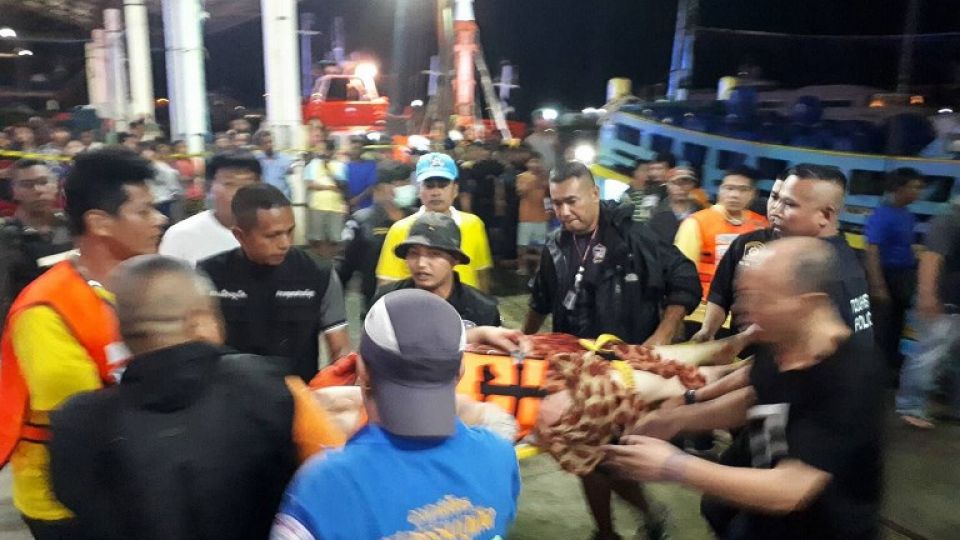February 13, 2020
Authorities must take immediate steps to protect refugees from trafficking.
In the early hours of February 11, a fishing trawler carrying over 135 Rohingya refugees—mostly women and children—from different camps in Ukhiya and Teknaf in Cox’s Bazaar, capsized in the Bay of Bengal. Four children and 11 women have been found dead so far, with 50 people still missing. Out of the 72 people who were rescued, four of them have been identified as members of a human trafficking syndicate by the Bangladesh Coast Guard.
According to a report in this daily, the locals told law enforcement authorities that the traffickers operated out of the Noakhali Para area, which is considered a safe place for human trafficking since it is adjacent to the sea. Now the question is—if the locals were aware of this, why were the law enforcers not, especially since the police, BGB, and coast guard have already detained over 80 people for trying to travel to Malaysia illegally in the last four months? Given the heightened level of security that is now prevalent at all times at the Rohingya refugee camps, including the construction of a barbed-wire fence around them that has been roundly criticised by rights organisations, it is a cause of grave concern that traffickers are still being able to operate in this country.
The tragedy that unfolded on Tuesday is as disturbing as it was preventable. The local authorities, as well as UN agencies and other international organisations, are perfectly aware of a transnational human trafficking network that runs from Myanmar and Bangladesh to Thailand and Malaysia, preying on vulnerable refugees and often trapping them into a life of bonded labour and slavery. Despite this, very little has been done to dismantle this network. In Bangladesh, while there are regular reports of refugees being rescued and traffickers being held, the conviction rates for the latter are negligible. Although the Prevention and Suppression of Human Trafficking Act 2012 calls for the implementation of a special tribunal to exclusively handle human trafficking cases, this is yet to be formed.
Bangladesh is already on the Tier-2 watch list of countries that do not fully meet the US Trafficking Victims Protection Act’s minimum standards for the elimination of human trafficking. We have been warned that if steps are not taken to implement the special tribunal, the country might be pushed into Tier-3 of the watch list. It is imperative that the government immediately take actions to implement this provision and ensure that traffickers are given the punishment they deserve.
Additionally, the government, UN agencies and international aid organisations must work together to create a camp environment that encourages refugees to not hazard this dangerous journey abroad. We must remember that the victims of the recent tragedy are the most vulnerable members of the refugee community. Bangladesh has already shown great generosity in hosting this persecuted population, but we must do better and create conditions where women and children are no longer lost at sea in the hopes of finding a better future elsewhere.


